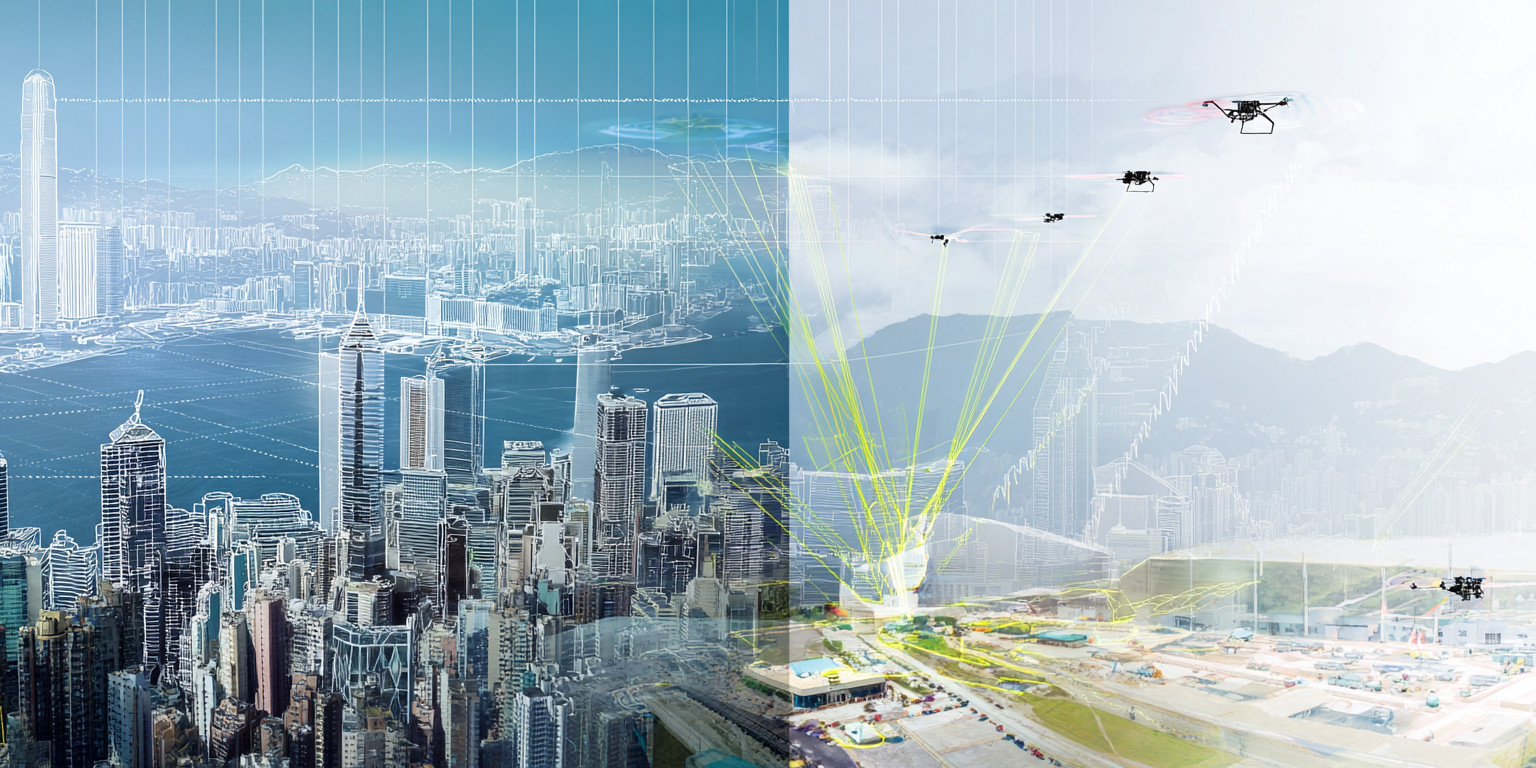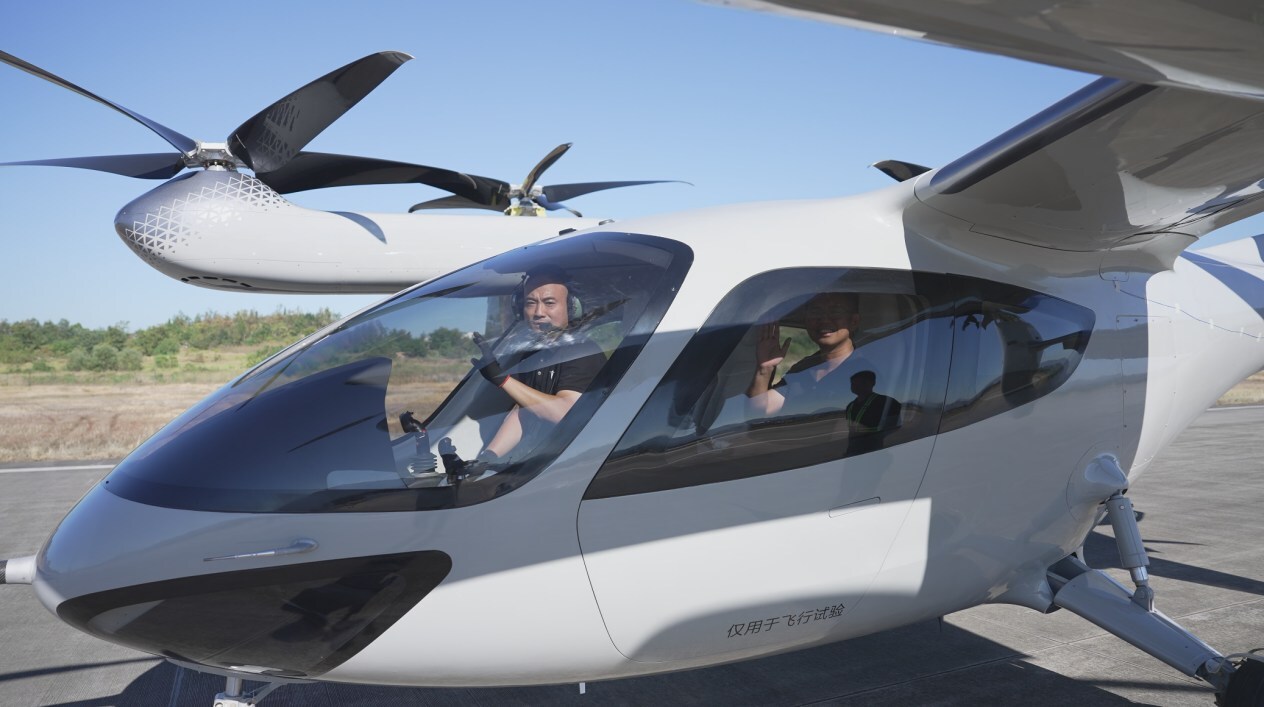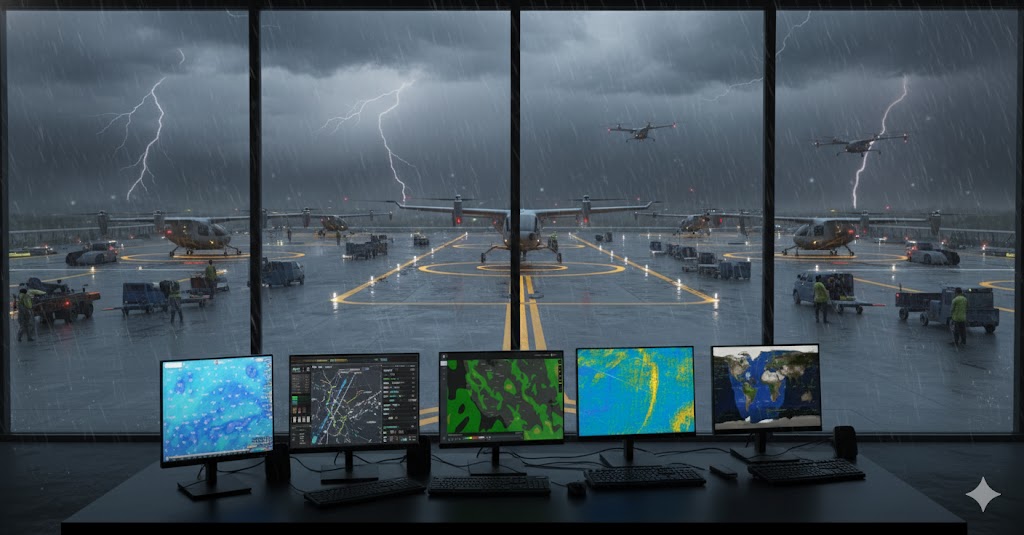The Federal Aviation Administration has unveiled sweeping changes to commercial drone operations that could reshape how businesses deliver packages, inspect infrastructure, and conduct aerial operations across the United States.
On August 5, 2025, Transportation Secretary Sean Duffy announced a proposed rule that would eliminate the complex waiver system currently required for drones flying beyond visual line of sight (BVLOS). This regulatory shift represents the most significant change to commercial drone operations since the industry's early development.
What Changes Under the New Rules
The proposed regulation, known as Part 108, would allow approved operators to fly drones up to 400 feet above ground level without maintaining direct visual contact. Currently, companies must obtain individual FAA waivers for each BVLOS operation—a process that industry leaders describe as cumbersome and time-consuming.
"We have been looking forward to this day for a long time," said Lisa Ellman, Executive Director of the Commercial Drone Alliance. "The current exemption process is complex and lengthy, which not only hinders industry growth but also increases the workload for the FAA".
The new framework establishes two operational pathways: permits for smaller-scale, lower-risk operations that can be issued rapidly, and certificates for larger, more complex operations requiring comprehensive safety management.
Technical Requirements and Safety Measures
Operators must still meet stringent safety standards under the proposed rules. Drones will need to incorporate collision avoidance systems and yield to all manned aircraft broadcasting their positions. The maximum weight limit remains at 1,320 pounds, including cargo.
All BVLOS operations must occur from pre-approved, access-controlled locations designated by the FAA. Companies will need to define operational boundaries, estimate daily flight volumes, and establish protocols for communication failures.
The Transportation Security Administration will require flight coordinators and certain personnel to undergo security threat assessments and fingerprint-based background checks. However, commercial drones will still be prohibited from flying over large outdoor gatherings like concerts and sporting events.
Industry Impact and Applications
The rule change affects multiple industries within the low-altitude economy—the emerging economic space encompassing commercial activities typically conducted below 1,000 feet above ground level. Key applications include:
Package Delivery: Amazon and Walmart already operate limited drone delivery services under current waivers. Amazon aims to deliver 500 million packages annually via drone by 2030.
Agriculture: Farmers use drones for crop spraying and monitoring, with the new rules expected to expand precision agriculture capabilities.
Infrastructure Inspection: Utility companies and other operators can more efficiently inspect power lines, pipelines, and other critical infrastructure.
Public Safety: Police departments and emergency responders gain enhanced capabilities for incident response and surveillance.
Current Market Scale
As of July 2025, the FAA has registered 822,039 total drones, with 433,407 designated for commercial use. The agency approved nearly 27,000 BVLOS flight applications in 2023, compared to fewer than 1,300 in 2020.
The global drone package delivery market reached approximately $5 billion in 2024, and analysts project it will grow to $33.4 billion by 2030. Bank of America Institute research indicates the global low-altitude economy could see 62% growth in eVTOL (electric vertical takeoff and landing) adoption between 2025 and 2030.
Regulatory Timeline and Implementation
The proposed rule enters a public comment period before final implementation. FAA Administrator Bryan Bedford noted that while drones already operate in US airspace, "regulation still relies on case-by-case approvals, making management extremely difficult".
The rule change aligns with President Trump's executive order on drone dominance, signed earlier in 2025 to accelerate unmanned aerial vehicle integration into US business operations.
Companies like Zipline, which partners with Walmart for drone deliveries, welcome the standardized approach. "The new rules will allow drone operators to focus on building, expanding, and operating under clear regulations, rather than piecemeal exemptions," said Okeoma Moronu, Zipline's head of policy affairs.
Looking Ahead
This regulatory shift positions the United States to compete more effectively in the global low-altitude economy, where countries like China have made substantial investments in drone infrastructure and eVTOL development.
The proposed rules address longstanding industry concerns about regulatory bottlenecks while maintaining safety standards for increasingly crowded airspace. As Secretary Duffy noted at the announcement, "The rules are going to completely change in the way that drone use is going to be approved".
For businesses considering drone operations, the new framework offers a more straightforward path to commercial deployment across industries, from logistics to agriculture to public safety. The question now shifts from whether commercial drone operations will expand to how quickly companies can scale their programs under the streamlined regulations.




